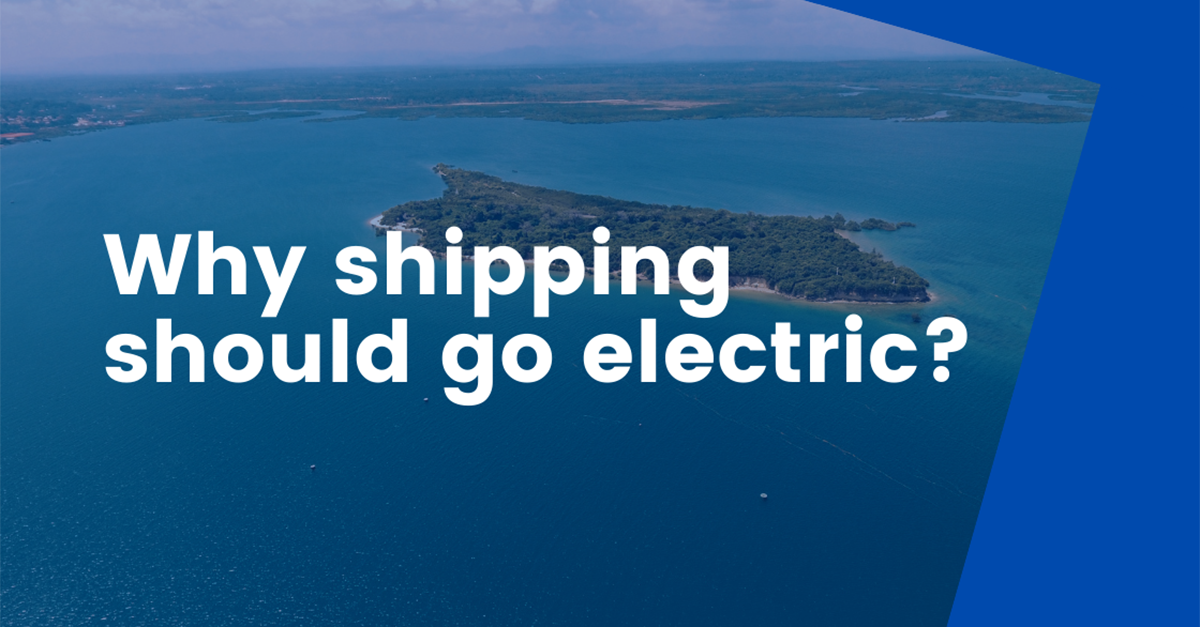Diesel is dirty. Sure, the fuel is more efficient than petrol, since it works through a compression-ignition system. But nothing screams “I’m polluting the environment” more than a plume of black smoke pouring out of a VW on the motorway.
Diesel smoke not only causes dreadful amounts of city smog, but it’s also linked to cancer and other health effects comparable to those caused by second-hand cigarette smoking, according to the UN World Health Organization.
While European cities seek to phase out diesel-powered automobiles, heavy industry will likely rely on diesel and other dirty fuels through the 2030s.
Meanwhile, if diesel is dirty, bunker fuel is foul. Used in international maritime shipping, this noxious energy source is distilled crude oil that generates high levels of nitrogen oxide and sulfur oxide, which are known to cause asthma, heart disease and lung cancer. The heavy, cheap fuel helps create the 940 million tons of carbon dioxide that international shipping contributes to the atmosphere – that’s 3% of all global greenhouse gas (GHG) emissions, according to the European Commission.
So, what’s the good news? What are the developments in advanced shipping technology? Will it be possible to curtail not only the environmental damage being done by shipping but also improve shipping transport conditions and lower vessel lifecycle costs? Read on.
The revolution will be electric
So far, entrepreneurial inventor Elon Musk has yet to target the international shipping industry, concentrating instead on revolutionizing automobile travel with his fleet of autonomous and 100% electric Tesla cars. Don’t worry, though, there are similar developments on the high seas. For example, unmanned and autonomous ships, which are already in development and run without onboard crews. The former relies on an operator at an onshore control center who helps navigate the ship; while the latter depends on an onboard automation system that controls everything from direction and speed to fuel consumption and maintenance – even handling mooring operations in a harbor.
However, these ships of the future will still run on heavy fuel oil or diesel – for a while at least. Like a maritime branch of Tesla, Yaskawa Environmental Energy / The Switch has been developing permanent magnet (PM) propulsion systems that deliver unmatched power density, energy efficiency and operational reliability for hybrid or, eventually, fully electric maritime vessels.
Like upgrading a 1975 Cadillac with parts from a new Tesla, the new electric hybrid ships will merge traditional propulsion systems with battery-powered ones. The system works for most ships, including cruise ships, icebreakers and war ships, and has other marine applications.
The benefits are considerable.
Helping the world hit GHG targets
Let’s talk about the environmental benefits. Since the hybrid system enables vessels to store energy in batteries and optimize power control, it significantly reduces traditional fuel consumption and emissions. With a The Switch system, as the propulsion load varies, the generator can be operated in an optimal range, reducing the production of nitric oxides, carbon monoxide, carbon dioxide and soot.
The European classification society Det Norske Veritas Germanischer Lloyd (DNV GL) states that solutions like these are essential to helping meet global carbon dioxide reduction targets. One DNV GL study shows that reducing carbon dioxide emissions by 2040 to 2015 levels will require the use of zero-emission options such as electricity.
Another study, their Maritime Forecast, explains that GHG targets will be met by 2050 if 39% of shipping energy is provided by carbon-neutral fuels and 23% from liquified natural gas (LNG) and liquified petroleum gas (LPG); and a third of all ships will have electric batteries, contributing 5% to the shipping market’s energy demand. Solutions like hybrid vessel propulsion systems should help reduce global energy demand by 44% of GDP by 2050, according to DNV GL.
Even GHB powerhouse China considers the use of LNG to be merely a transitional fuel and believes the future of shipping will be electric ships, according to Dr Xie, director of the Waterborne Transportation Research Institute at the Chinese Ministry of Transport.
Quieter, cost-effective solution
There are other benefits as well. For example, space savings and a reduction in onboard environmental noise. The space required for the installation of electrical propulsion machinery is much less in comparison with conventional systems. This results in extra freight space on a ship. And the weight savings can be up to tens of tons! Moreover, the drives used in electric propulsion are smooth and silent, reducing noise and vibration levels – hence increasing comfort for the onboard crew personnel.
Furthermore, the lifecycle costs are reduced due to less fuel consumption and lower maintenance costs. In fact, The Switch hybrid propulsion:
- Reduces wear and tear compared with purely diesel-powered ships
- Increases engine efficiency while reducing fuel and operating costs
- Boosts reliability with a standby alternator providing a redundant propulsion system
- Delivers a high level of torque at all speeds
- Enables faster changes in propeller speeds and direction during maneuvering
You can see from these benefits that it simply doesn’t make sense to build new ships with only diesel engines.
We believe, and hope you agree, that building ships with electric motor hybrid power propulsion or 100% electric motors is where the industry is destined to go.

